Diagnosing & Treating The Silent Practice Killer – Business Lost Over The Phone
How Much Business Is Lost Over Your Phone Without Receptionist Call Training?
Incoming call training is important for any size clinic. Why? It’s because poor phone techniques can cost even the tiniest office $1000s per day. To give you an idea, look at the chart below* showing the financial impact when new patients are lost and appointments are cancelled.
Unfortunately, though, the numbers in the chart are hard to believe. As a result, most practitioners can’t imagine this could be happening until they hear their call recordings with their own ears. That’s why we begin most marketing implementations by analyzing call recordings.
After logging thousands of recorded calls, I can tell you that the average clinic loses several new patients and bookings each day.
| # of New Patients Lost Plus Cancellations Per Day |
Lost Revenue Per Day |
Annual Impact 215 Treatment Days |
|---|---|---|
| 1 | $715 | $153,725 |
| 2 | $1,430 | $307,450 |
| 3 | $2,145 | $461,175 |
| 4 | $2,860 | $614,900 |
| 5 | $3,575 | $768,625 |
| 6 | $4,290 | $922,350 |
| 7 | $5,005 | $1,076,075 |
| 8 | $5,720 | $1,229,800 |
*Assumptions in the chart: The average value of a prescribed plan of care is $650, and the average payment per single visit is $65. Therefore, the loss of one new patient (prescribed plan of care), plus one cancellation (single visit on the calendar) due to poor phone techniques is $715.
Once you appreciate the problem, you’ll need to learn about your options for training so you can choose the best program for your clinic. Hence, this article shares our thoughts on what it takes to make incoming call training and support your most valuable marketing investment.
The Value of Incoming Call Training
The chart above shows the revenue impact of two likely events. One event happens when a new patient calls but decides to book elsewhere. The other event happens when an existing patient calls to cancel. Both events are not totally within your control, but as you will see, by changing your phone strategy you can reduce the business lost.
The degree by which you can reduce lost bookings depends on two things: 1) The booking strategy, and 2) The implementation and training.
To begin, if your call volume averages 30-50 per day, chances are you’re somewhere on the chart. As a result, there’s always room for improvement. And as you can see from the numbers in our example, 1 less loss per day contributes $153,725 annually. That’s a meaningful number for any size clinic, don’t you think?
Even so, I can talk about incoming call strategies until I’m blue in the face, and no one will implement a single suggestion. But when I shut my mouth and play a prospective patient-client call recording, most managers transition from seeing the numbers to believing. Hence, they get motivated to improve.
When you consider how much lost business tugs at your sleeve through your phone each day, it’s easy to see why this low-hanging fruit is a great place to start working on your marketing.
1: Caller Engagement
Callers hear what you say and how you say it, and then they draw a picture of your clinic in their head. The picture they want to see is one of experience, expertise, bedside manner, and high standards of care. After all, why else would they choose you over your competition?
Nevertheless, 99.5% of all outpatient clinics do nothing to systematize their calls beyond a basic greeting and “get the insurance.” For example, “Thank you for calling PT Helps. [Pause to hear caller’s question]. What’s your insurance.”
Does that sound familiar?
As a result, there is a minimal level of patient engagement. The caller learns nothing about why your clinic is any better or different than your competitors’. This leads to more “shopping around,” lower booking rates, confidence gaps, and cancellations.
Improving Engagement Begins By Thinking About What Your Patient-Clients Really Want
To improve the level of engagement, rather than conditioning your staff to worry about YOUR operational issues, you need to make the patient experience the priority. After all, your not a hospital admitting department, so don’t try to emulate one. People don’t like hospitals, and when they leave one they work hard not to return. Is that really the feeling you want to convey? If not, aside from the financial consequences, it’s another good reason to work on patient engagement strategies.
The most powerful phone engagement strategies create a welcoming, commanding, consultative posture. That may sound a bit like The Holy Grail, but it’s absolutely within your reach. That’s because a strategic call program supports each person on the staff with the appropriate level of consultative training. For example, a receptionist with no medical training can be familiar with the clinic’s library of patient marketing materials to offer callers.
What It Takes To Train For Better Engagement
To pull this off, the clinic needs educational marketing tools designed specifically for new patient inquiries and follow-up. In addition, the receptionist needs to be well prepared.
Preparation starts with three things:
- An experienced incoming call trainer.
- A call flow blueprint.
- An objective call scoring system with practice scripts.
Practicing the scripts usually feels awkward at first, but it gets easier as training proceeds. The number of practice scripts you’ll need will depend on your clinic’s services list. For example, people asking about chronic back pain will have different questions and concerns than those asking about post-surgical rehab, sports medicine, neuropathy care, balance and dizziness, etc.
2: Lead Capture and Follow-up Offers
Capturing leads into a CRM or email marketing database is a basic call objective. This builds your marketing list and puts you in a good position to send follow-up information. In addition, you can use some marketing automation for follow-up and remarketing.
That’s why nothing is more upsetting to me than when new patient leads call in and get lost. Without some training leads are easy to lose. For example, the caller greets you with a question like, “Are you open on Saturday?” And a common answer is a polite, “No, I’m sorry.” As a result, the caller says thank you and hangs up.
There are simple techniques you can practice to soften these “hard no” answers. By doing so, lead capture rates and follow-up opportunities improve dramatically.
Even without a formal incoming call program, awareness of lead capture rates almost always leads to improvement. Then the reward comes as your marketing list builds, leading to new advertising opportunities and increased brand awareness.
Patient-Client Confidence Building
In healthcare, consumers want to feel confident about their choices. They want the best diagnosis and treatment option for them. It’s your job – marketing’s job – to provide enough information to help them get that. With the right approach, this can begin immediately for each new caller.
For example, when a prospective patient-client is looking for hip rehabilitation, it helps to be prepared with the right patient materials to send them. In many clinics patient materials or website pages exist but don’t get offered. In fact, one of my favorite pop-quizzes in call training reveals how much content the client already has but doesn’t use.
To be sure, confidence building works best with a dynamic library of materials. You need to become a collector of webpages, brochures, whitepapers, and info packs.
3: What To Look For In An Incoming Call Training Program Designed For PTs
We’ve identified three key success factors leading to successful receptionist call training programs. All the items below (included with the PTRM service package) should be provided by your Incoming Call Training & Support professional:
- Management control tools. Make sure you can monitor calls. In addition, you need an objective call scoring system. If you can’t analyze call activity and isolate specific areas to work on, then the implementation effort will fall short, guaranteed.
- Use training scripts designed for PT. Avoid canned scripts from “one size fits all” trainers. Your training scripts should be customized before live training begins.
- Integration with the marketing function. Avoid training programs that treat call handling as an admin function. Incoming calls provide incredible business insights. What you and your staff hear on the phone can keep your business one step ahead of the competition. That’s why your training should be considered a high-level marketing exercise. When it’s marketing, your incoming call team will help develop your most exciting marketing concepts. It should not be used as a staff surveillance tool.
Ultimately, improvement with each factor puts you in a position to “franchise your sales system.”
PT Referral Machine Newsletter Signup
Stay up to date on the latest trends in marketing for physical therapists – From The Trenches.


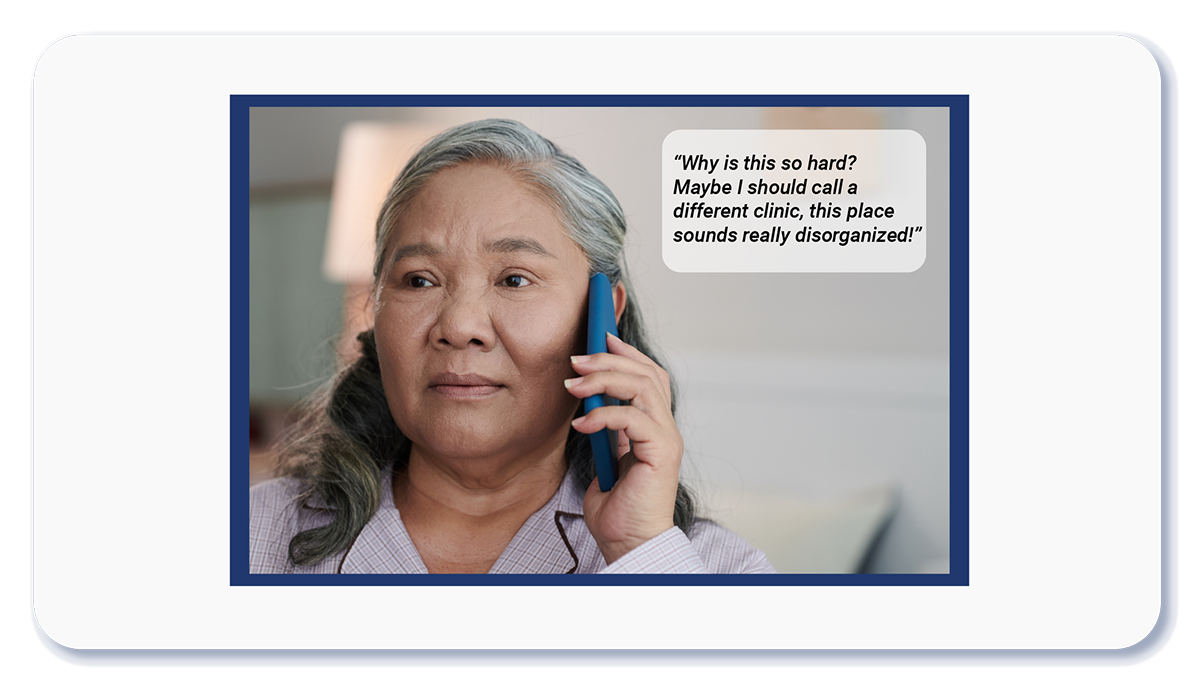

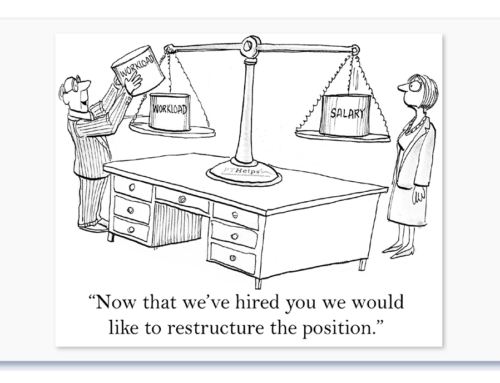
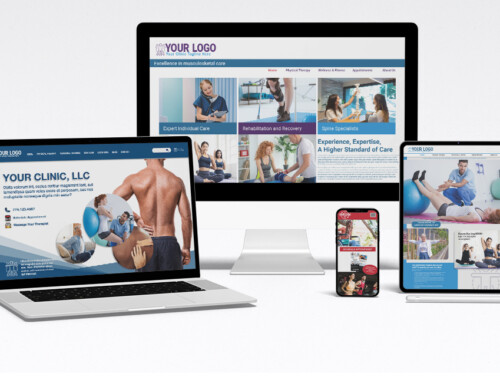
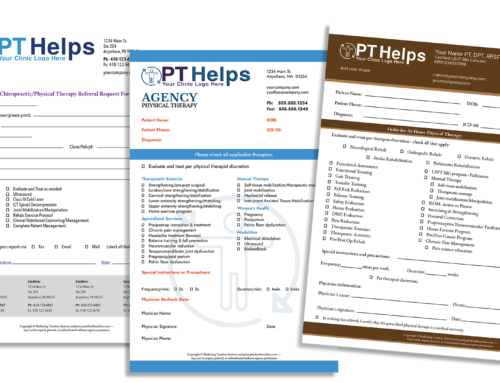

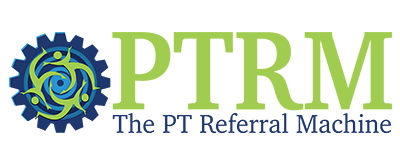
Leave A Comment
You must be logged in to post a comment.